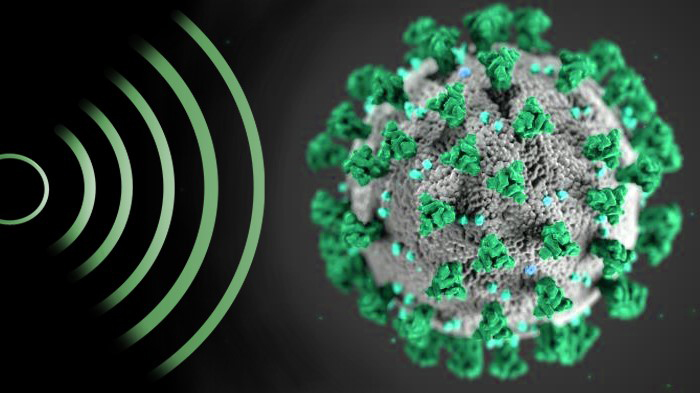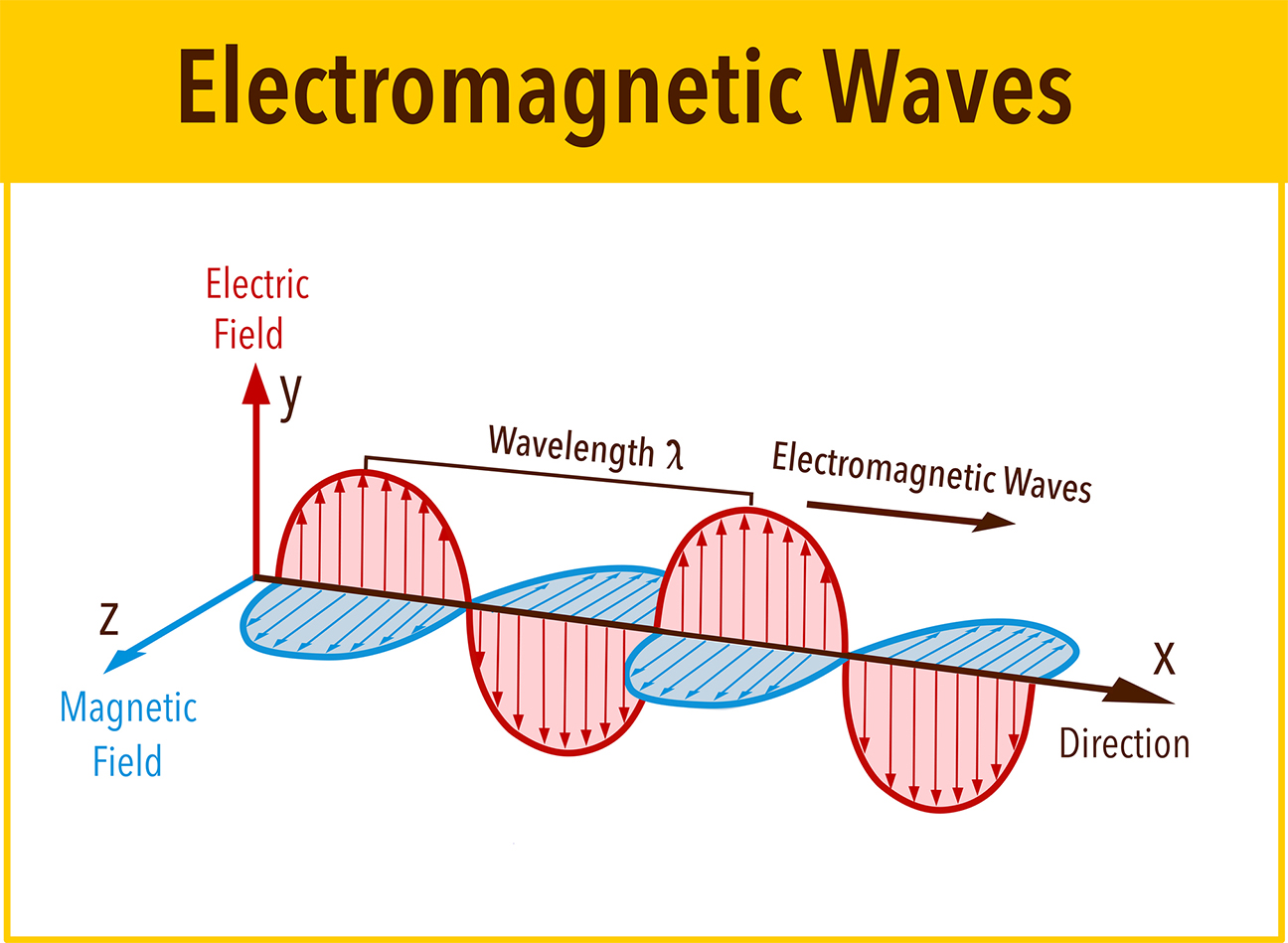ARLINGTON, Va. – Air Force Research Laboratory scientists draw on their academic and industrial connections in the science and technology ecosystem to investigate the possibility of using light and radiation to decontaminate and sterilize areas exposed to the coronavirus.
The main objective of this effort is to explore whether exposure to electromagnetic (EM) energy can reduce the ability of the airborne coronavirus to infect. If so, the researchers believe they could use this knowledge to better protect military medical personnel working on the front lines of the pandemic.
“The AFRL team knew we had the knowledge and experience to take on the challenge of figuring out if directed energy sources could attack, destroy or diminish the viability of SARS-CoV-2. We all agreed that we had to find a way to either kill or limit the capability of the virus to infect,” said Dr. William P. Roach, Air Force Office of Scientific Research Program Officer, who manages the Laser and Optical Physics basic research portfolio and oversees the project.
SARS-CoV-2, or severe acute respiratory syndrome coronavirus 2, is the official name of the virus that underlies the current coronavirus outbreak, resulting in the disease called COVID-19. According to the World Health Organization, this name was chosen because the virus is genetically related to the coronavirus responsible for the SARS outbreak of 2003.
The AFRL project, entitled, “Viral Inactivation by Directed Energy Radiation (VIDER)” began on March 20 in direct response to the COVID-19 pandemic. At present, AFRL researchers from Arlington, Kirtland Air Force Base, N.M. and Joint Base San Antonio-Fort Sam Houston, Texas, are conducting studies in directed energy sources and biological experimentation and modeling in conjunction with a number of academic and industry partners.
Specifically, scientists are exploring whether the virus can be disrupted in the aerosolized state by exploiting a natural susceptibility of the virus to microwave frequencies. If the virus’s “resonant frequency” in an exhaled droplet can be attacked using microwaves, then scientists might be able to use that knowledge to fine tune and create microwave systems that could combat the virus’s ability to infect.
The team is approaching the objective in multiple phases, which include environmental modeling and testing using electromagnetic (EM) energies and exposure to viral surrogates to test the effectiveness of EM radiation on reducing the ability of coronavirus to infect. The final stage will be testing directed energy exposure with the live SARS-CoV-2 virus in a contained environment to validate real-world capability.
While it may be hard to visualize what it looks like when microwaves attack the virus in a hospital room, Roach explained how it could potentially be deployed.
“The specifics of the Radio Frequency source, including size, weight, and power, will be driven by the need to generate the types of waveforms found to be most effective in killing the coronavirus; however, one goal would be the development of a mobile system similar in size to a human, or a little larger, which is capable of decontaminating spaces like a hospital room or an aircraft passenger cabin,: he said. We have chosen to work with microwaves, a small segment of the electromagnetic spectrum, because they have been shown to induce changes in large-scale molecules like virus while suspended in solution,” he said.
AFRL’s contribution is in the early phases of the project, providing state-of-the-art high performance microwave technology and the photons needed to complete tests. As the project progresses to later phases, research will transition to career biologists who are trained and work daily with well-established protocols for handling live pathogens.
Given the urgency for solutions to the COVID-19 challenges facing the world today, the AFRL team took immediate initiative and rapidly formed a highly skilled and diverse team of basic research and applied scientists from across the laboratory ecosystem. The VIDER team is dedicated to finding the answers to these very difficult questions to which the world currently does not have answers.
AFRL leads the discovery, development and delivery of warfighting technologies for our air, space and cyberspace forces. AFRL is pushing the boundaries and creating a new tomorrow through unparalleled research.
Click here for more COVID-19 information.

The Viral inactivation by directed energy radiation (VIDER) surrogate virus for SARS CoV-2 is Bovine Coronavirus (BCoV) as it has a similar morphology and size, but at a Bio Safety Level 2. (Courtesy graphic)

Electromagnetic Wave structure and parameters, vector illustration diagram with wavelength, amplitude, frequency, speed and wave types. (Courtesy graphic)

